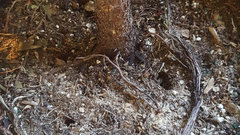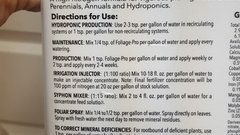Dyna-gro Foliage Pro for Fiddle leaf Fig et al
6 years ago
Featured Answer
Sort by:Oldest
Comments (10)
- 6 years ago
- 6 years ago
Related Professionals
Arlington Landscape Architects & Landscape Designers · Arnold Landscape Architects & Landscape Designers · Woodinville Landscape Architects & Landscape Designers · Choctaw Landscape Contractors · Clayton Landscape Contractors · Dinuba Landscape Contractors · Fridley Landscape Contractors · Huntley Landscape Contractors · Leicester Landscape Contractors · Paterson Landscape Contractors · West Chester Landscape Contractors · Westchester Landscape Contractors · Winter Gardens Landscape Contractors · Raytown Landscape Contractors · Barstow Interior Designers & Decorators- 6 years agolast modified: 6 years agoLauriermd (8b Vancouver BC) thanked gardengal48 (PNW Z8/9)
- 6 years ago
- 6 years ago
- 6 years ago
- 6 years ago
Related Stories

DECORATING GUIDESFrom Queasy Colors to Killer Tables: Your Worst Decorating Mistakes
Houzzers spill the beans about buying blunders, painting problems and DIY disasters
Full Story











tapla (mid-Michigan, USDA z5b-6a)